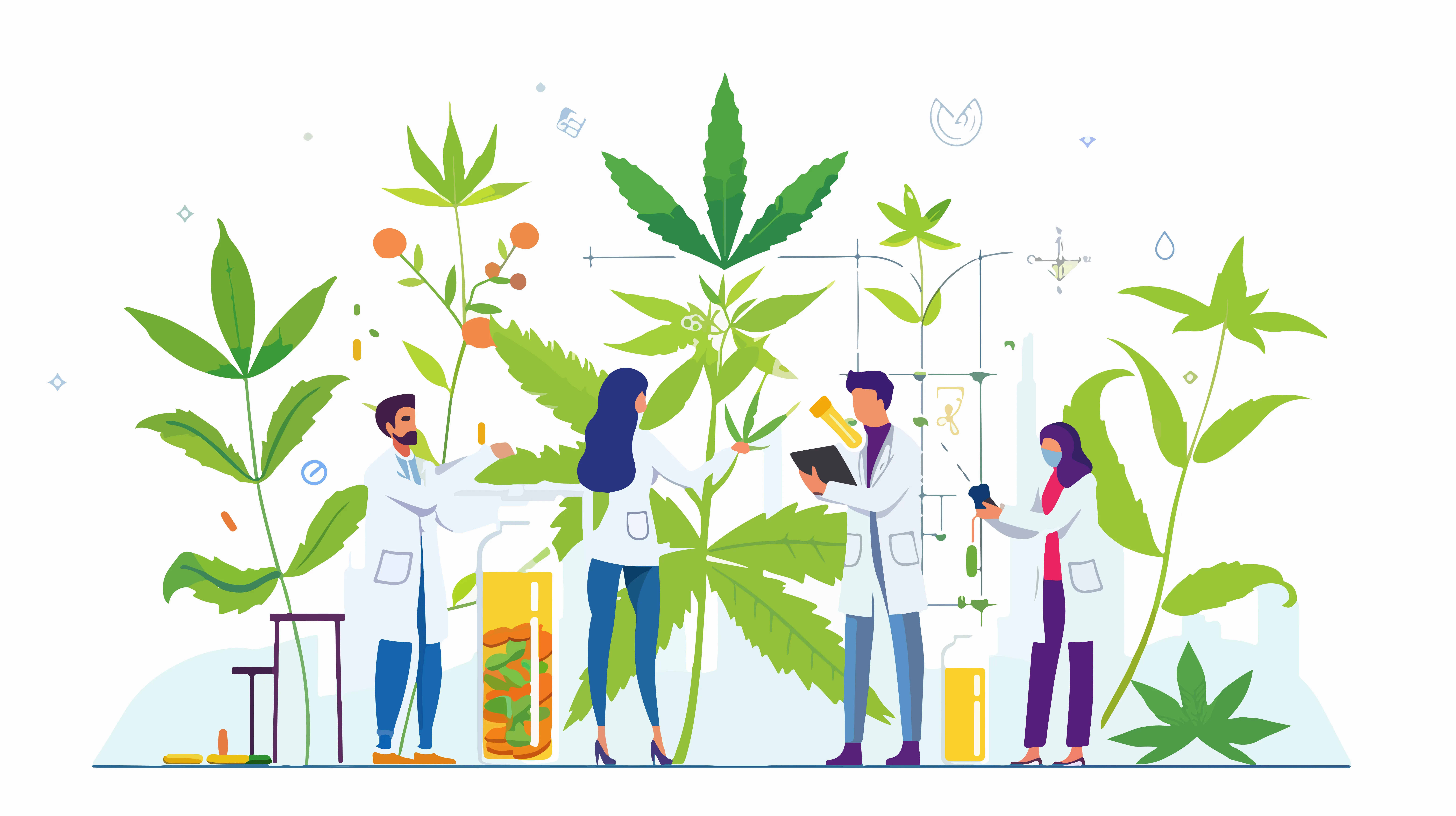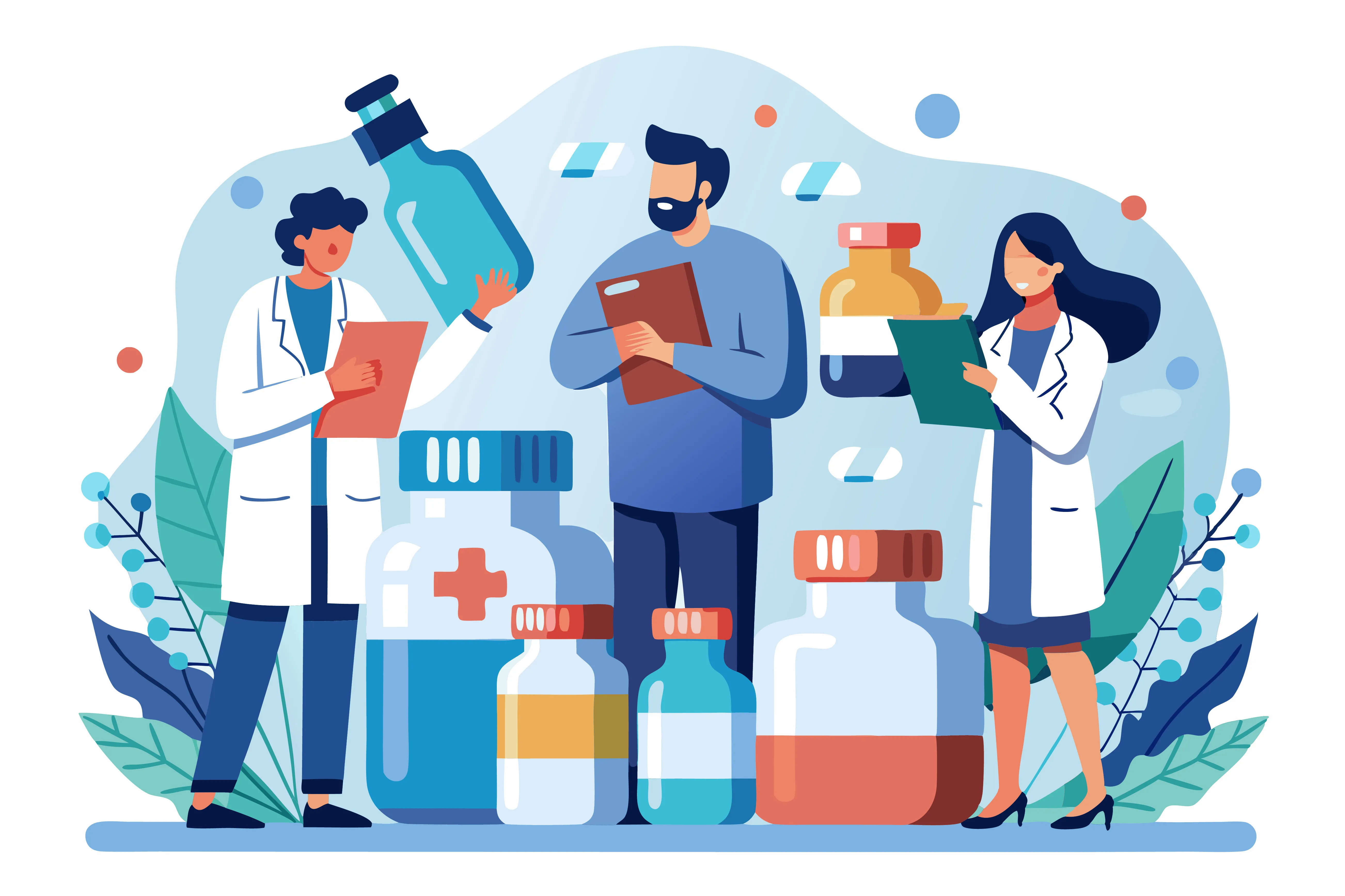In the dynamic world of pharmaceutical R&D, one factor remains constant: the urgency to develop safe, effective, and affordable drugs in less time and at a lower cost. As scientific innovation continues to evolve, one area is making a quiet yet revolutionary impact—predictive toxicology and safety profiling.
Traditionally, toxicity testing has occurred relatively late in the drug development process. This late-stage focus often leads to failures during clinical trials, costing millions in sunk investments and delaying access to lifesaving therapies. However, the emergence of data-driven discovery is transforming this model—and fast.
At the forefront of this shift is the Drug Discovery Innovation Programme by World BI, a global platform where experts from biotech, pharma, AI, and regulatory science come together to drive forward next-generation solutions. One of the most exciting themes reshaping discussions in recent editions is predictive toxicology—where data science, artificial intelligence, and machine learning merge to identify safety risks at the earliest possible stages of development.
The Problem with Traditional Toxicology
Historically, the process of evaluating drug safety has relied heavily on:
- In vitro and in vivo testing
- Animal models
- Observational clinical data
While these approaches have contributed to many discoveries, they are often:
- Expensive and slow
- Ethically contentious
- Limited in accurately predicting human outcomes
Studies show that up to 30% of clinical-stage drug candidates fail due to safety issues that were not evident in preclinical studies. These failures result in significant losses—not just financially, but also in terms of delayed therapeutic impact.

Predictive toxicology addresses these limitations head-on, offering tools to anticipate and avoid safety risks early in the pipeline—well before costly trials begin.
What is Predictive Toxicology?
Predictive toxicology refers to the use of computational models, historical data, and AI-based tools to forecast the toxicological behavior of compounds. Instead of relying solely on lab tests and animal studies, this approach analyzes:
- Molecular structure
- Genetic and proteomic signatures
- Metabolic pathways
- Known adverse event data
The result? A smarter, faster way to assess potential risks such as:
- Hepatotoxicity
- Nephrotoxicity
- Cardiotoxicity
- Immunotoxicity
- Genotoxicity
By identifying red flags early, predictive toxicology supports safer lead selection, reduced attrition rates, and greater confidence in advancing drug candidates to the clinic.
How Data-Driven Discovery is Empowering Safety Profiling
Here’s how digital transformation is elevating the field:
1. Machine Learning for Toxicity Prediction
Using historical toxicology data, machine learning models can detect patterns associated with harmful outcomes. These algorithms—ranging from QSAR (Quantitative Structure–Activity Relationship) models to advanced neural networks—enable real-time prediction of a compound’s risk profile.
As more data becomes available, these models continuously improve, enhancing their precision and utility in preclinical decision-making.
2. Virtual Screening with Safety Filters
In silico tools are now being used to filter massive libraries of compounds through toxicity screens before they’re ever synthesized. By simulating biological interactions and identifying risky chemical structures, researchers can eliminate unsafe candidates early in the discovery phase.
3. Big Data and Real-World Evidence
By analyzing clinical trial data, electronic health records, and post-marketing surveillance reports, AI systems can learn from real-world toxicity events. These insights inform predictive models that are not only robust but also clinically relevant.
4. Omics-Based Toxicity Biomarkers
Advances in genomics, proteomics, and metabolomics are enabling the discovery of early biomarkers linked to toxic effects. These biological indicators offer an additional layer of predictive power and can guide safer compound design from the outset.
A Global Platform for Predictive Science
The Drug Discovery Innovation Programme by World BI is a unique space where innovation meets collaboration. Across key pharma hubs worldwide, the event provides a platform for dialogue, learning, and action around the future of drug development.
Among the most engaging themes is predictive toxicology, explored through expert presentations, dynamic panels, and solution-driven networking.
Attendees explore topics like:
- The integration of AI in safety assessments.
- How predictive models are transforming lead optimization.
- Regulatory trends in toxicology modeling.
- Case studies of successful early-stage risk mitigation.
The programme supports the cross-pollination of ideas between data scientists, pharmacologists, regulatory professionals, and biotech leaders. This collaborative environment accelerates innovation, de-risks development, and ultimately brings safer therapies to patients faster.
Regulatory Considerations: Gaining Confidence in AI Models
As predictive tools grow in power and popularity, regulatory frameworks are beginning to evolve to accommodate them. Agencies like the FDA, EMA, and others are increasingly open to the use of computational modeling in drug safety assessments.
However, questions remain:
- What level of validation is required?
- How should transparency and reproducibility be ensured?
- What are the best practices for integrating predictive toxicology into IND filings?
By providing a neutral space for these discussions, the Drug Discovery Innovation Programme plays a critical role in helping stakeholders navigate these regulatory transitions together.
The Road Ahead: Toward Personalized and Proactive Drug Safety
As we move forward, predictive toxicology will continue to evolve into a personalized, proactive, and integrated discipline. The goal is clear: a future where potential risks are not just identified but anticipated and designed out of the pipeline.
We envision:
- AI-powered tools that adapt to individual patient profiles.
- Predictive systems embedded in early compound screening.
- Integrated platforms connecting data from lab, clinic, and market.
And above all, a culture shift—from reacting to toxicity, to designing for safety.
A Safer, Smarter Future for Drug Discovery

The journey from lab bench to patient bedside is full of promise—but also risk. By embracing data-driven discovery and predictive toxicology, the pharmaceutical industry has the tools to reduce that risk and create a more efficient, humane, and successful innovation pipeline.
At World BI’s Drug Discovery Innovation Programme, we believe that safety and speed can go hand-in-hand—when powered by insight, intelligence, and interdisciplinary collaboration.
Join us on this journey. Because the future of drug discovery isn’t just fast—it’s also safe, smart, and profoundly data-driven.